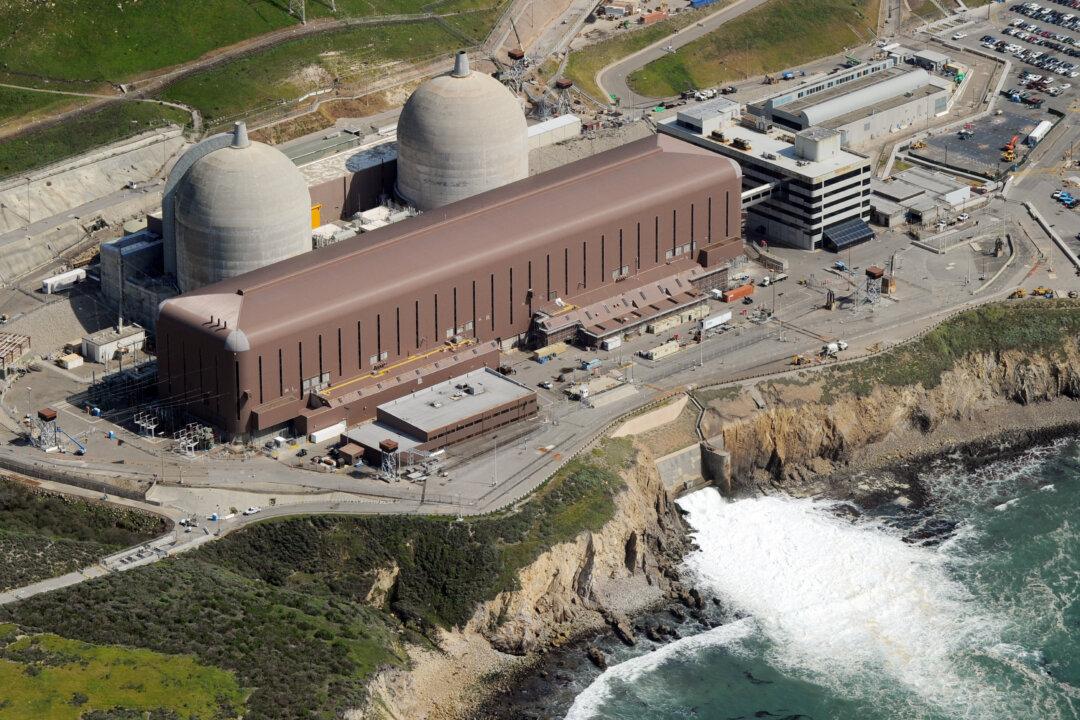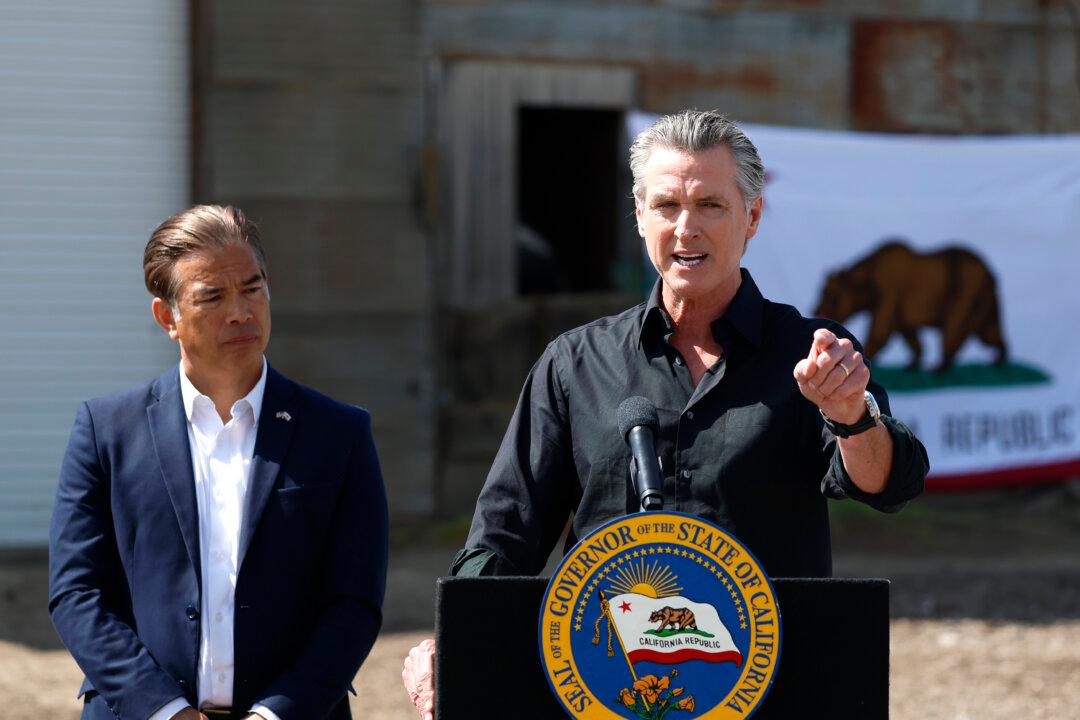After months of negotiations, California Gov. Gavin Newsom and legislative leaders agreed on June 22 to include a $400 million loan in the 2024–25 state budget to Pacific Gas and Electric (PG&E), owner and operator of the Diablo Canyon Nuclear Power Plant, to continue running the plant.
Existing law allows for up to $1.4 billion in loans for the nuclear plant, of which $1 billion was already provided to PG&E by the Legislature in 2022 and 2023 to extend the life of the facility.
Such loans require repayment by the utility, although a timeline is not defined, along with reporting and documentation by the state’s Department of Water Resources, in consultation with the Public Utilities Commission and Energy Resources Conservation and Development Commission.
“The [Diablo Canyon] loan agreement was structured in a way to be paid out over time, allowing [the water resources department] to verify costs and PG&E to meet a compressed regulatory timeline,” Ryan Endean, deputy director of communications for the Water Resources Department, told The Epoch Times by email on June 26.
Biannual reports from the agencies are required to be submitted until Dec. 31, 2030.
The reports are needed to protect taxpayers from the utility company defaulting, according to Mr. Endean.
Federal licenses for the plant’s two reactors were slated to expire in 2024 and 2025, respectively, until legislation and regulatory approval in December 2023 extended the dates indefinitely.
If the utility company decides to not pursue further license extensions because of cost concerns, federal funding—which is needed to repay the loans—would be out of reach, according to Mr. Endean.
Some critical of the agreement say PG&E’s rates are negatively affecting California ratepayers and that taxpayers will ultimately shoulder the costs of operating the power plant.
“This budget deal highlights the firm grip that PG&E appears to hold on state policy despite its poor performance and unconscionably high rates,” Matthew Freedman, staff attorney for The Utility Reform Network—a consumer advocacy group headquartered in San Francisco—told The Epoch Times by email on June 26.
“The Legislature and the Governor should prioritize bringing down electricity rates rather than showering PG&E with scarce taxpayer and ratepayer money to finance profits and shareholder slush funds.”
On multiple occasions over the past two years, the governor has defended the power plant and noted its role in supplying energy to the state’s power grid.
Construction began in Diablo Canyon in 1968 and took about 18 years to complete at a cost of about $5.5 billion. The facility sits on approximately 900 acres in coastal San Luis Obispo County.
Accounting for about 9 percent of all power produced in the Golden State and 17 percent of the state’s zero-carbon output, the plant amounts to about 20 percent of all power generated by PG&E.
The two reactors at the plant produce 18,000 gigawatt hours of electricity annually—enough energy to power the needs of more than 3 million people.
A bill passed in 2022—Senate Bill 846, authored by state Sen. Bill Dodd—approved the $1.4 billion appropriation and authorized the California Energy Commission to evaluate extending the plant’s licenses.
“This bill is necessary to give us an essential tool in the toolbox to prevent widespread rolling blackouts and significantly increased electricity prices from dirty carbon-emitting sources,” Mr. Dodd said in legislative analyses. “We need to have this option available to keep the lights on and keep making progress towards net zero carbon emissions.”
The Energy Commission agreed that an extension of the licenses could prove beneficial and recommended pursuing federal approval of a new end date of 2030.
Federal regulators accepted PG&E’s application, filed in November 2023, to extend the licenses and added 20 years to the expiration dates, to 2044 and 2045, respectively.
One supporter of the nuclear plant said more such energy is needed to protect the environment and provide sustainable power sources.
On June 26, Mr. Newsom signed legislation to finalize the 2024–25 budget and address a budget deficit of approximately $46.8 billion. Another $17.3 billion was solved by a bill signed into law in April.







